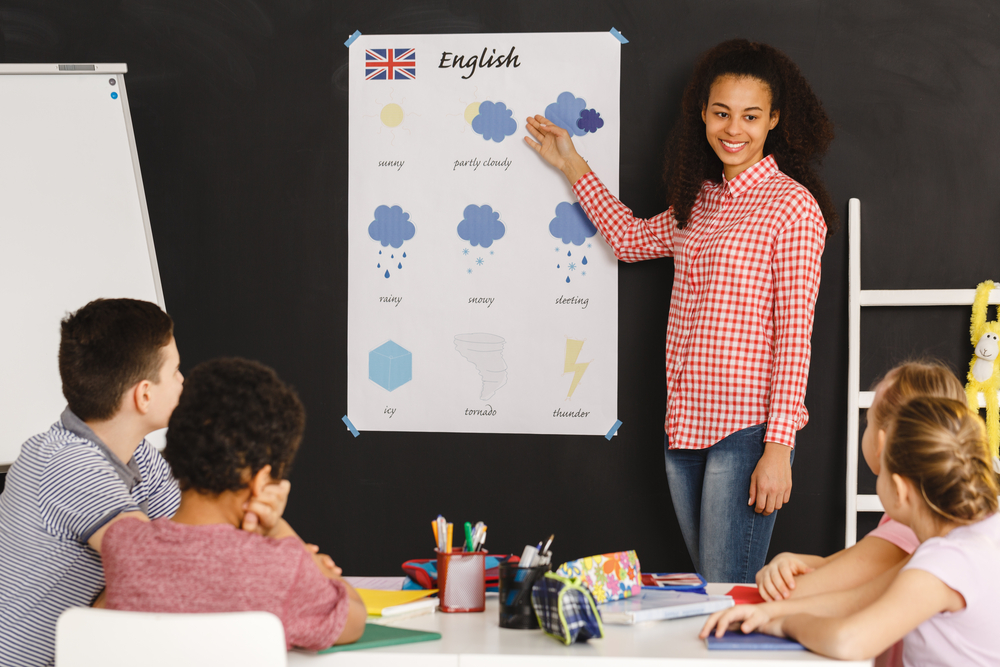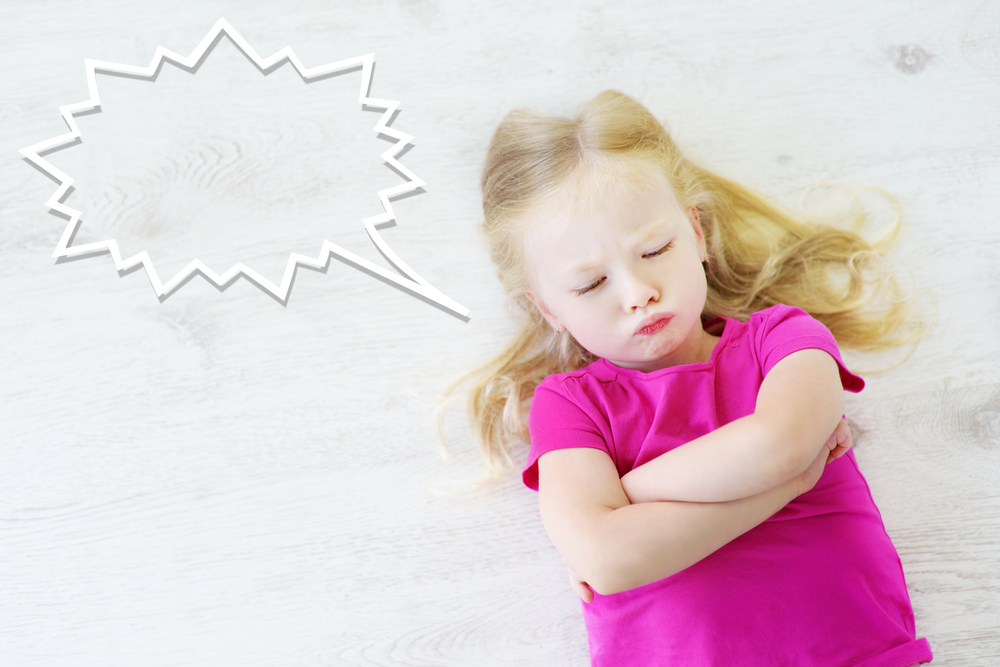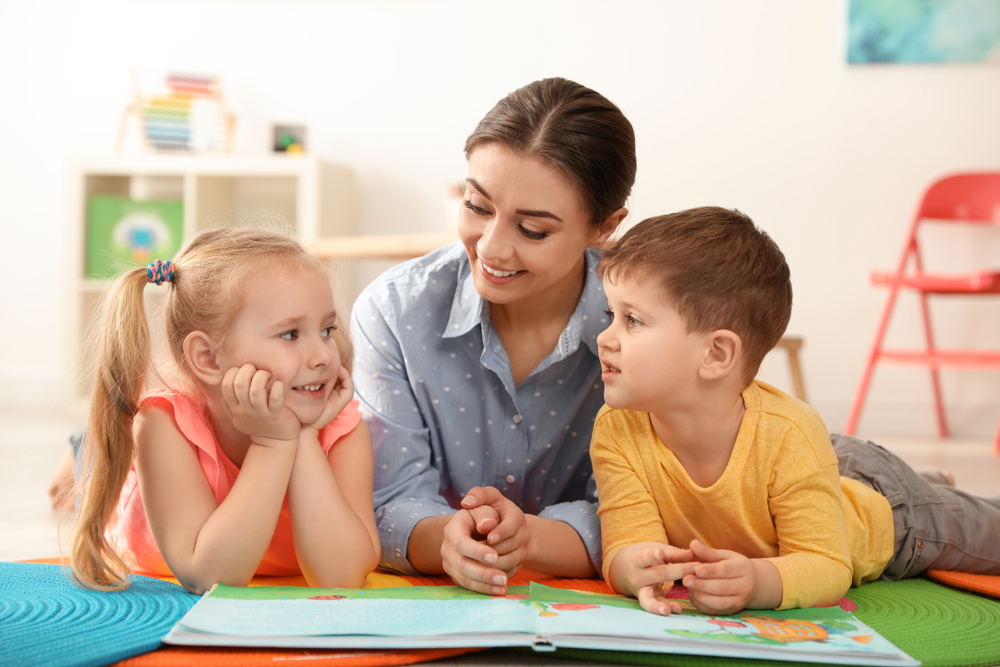Understanding comparisons Normal Math Worksheets for Ages 4-6
4 filtered results
-
From - To
Our "Understanding Comparisons" normal math worksheets for ages 4-6 are designed to make foundational math engaging and fun. These worksheets help young learners grasp the basics of comparing numbers, sizes, and quantities. Through vibrant imagery and simple activities, children develop critical thinking and problem-solving skills. Perfect for early learners, each worksheet integrates playful scenarios to reinforce concepts like more, less, and equal. Ideal for both homeschoolers and classroom settings, these printable resources ensure that early math skills are built on a solid foundation, fostering a love for learning from an early age.


Animal Features Worksheet


Comparing with a Third Object Worksheet
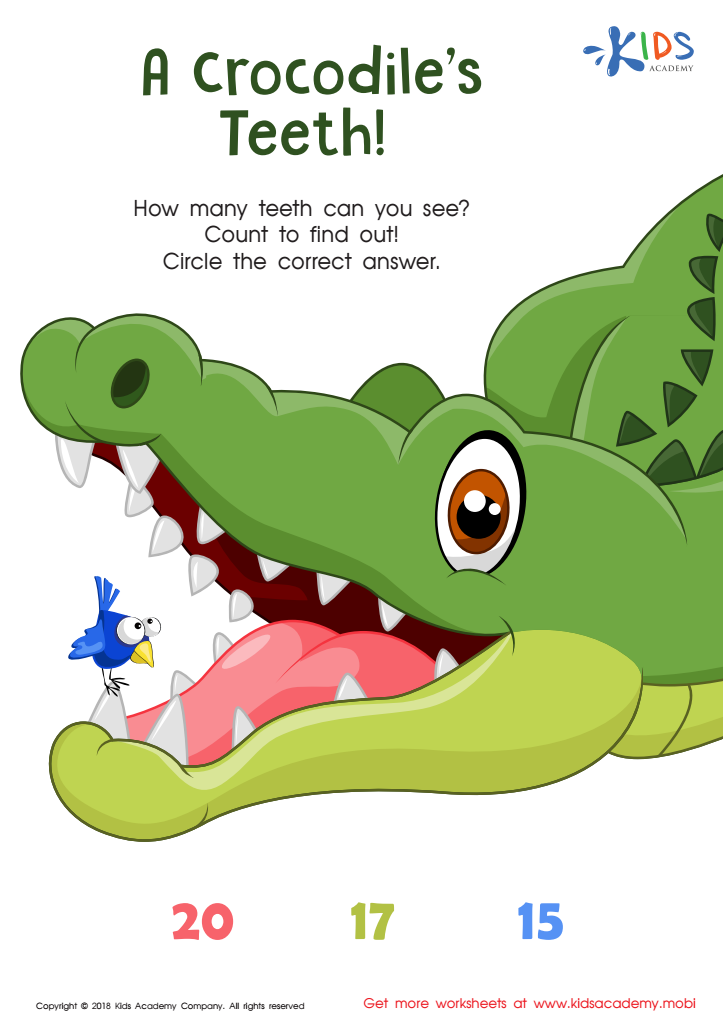

A Crocodile's Teeth Worksheet
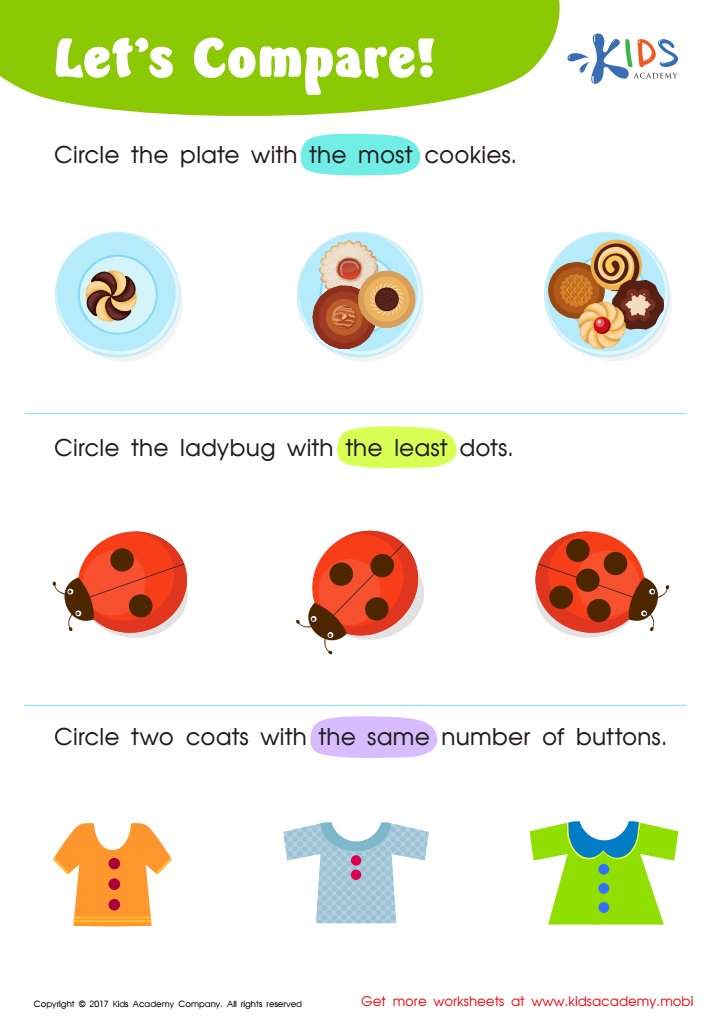

Matching: Classifying Toys by Size Worksheet
Understanding comparisons in normal math is crucial for young children, ages 4-6, because it lays the foundation for essential cognitive and mathematical skills. At this age, kids are naturally curious and eager to explore their environment. Comparisons help them make sense of the world around them by distinguishing between objects, sizes, quantities, and numbers. For instance, learning concepts like "bigger than" and "smaller than" helps children categorize objects and develop logical thinking.
Parents and teachers play a pivotal role in fostering this understanding. By engaging children in activities that involve comparing items—such as sorting toys by size or counting objects—they provide practical experiences that reinforce these concepts. This hands-on learning makes abstract ideas more concrete, promoting better retention and comprehension.
Furthermore, understanding comparisons enhances language development and comprehension, as children learn to articulate differences and similarities. These skills are not only foundational for future math learning—such as addition, subtraction, and understanding place value—but also for everyday decision making and problem-solving.
Early and nurturing exposure to comparison skills equips children with the tools they need for academic success and everyday competency, making it a vital aspect of early childhood education that parents and teachers should carefully cultivate.
 Assign to My Students
Assign to My Students





